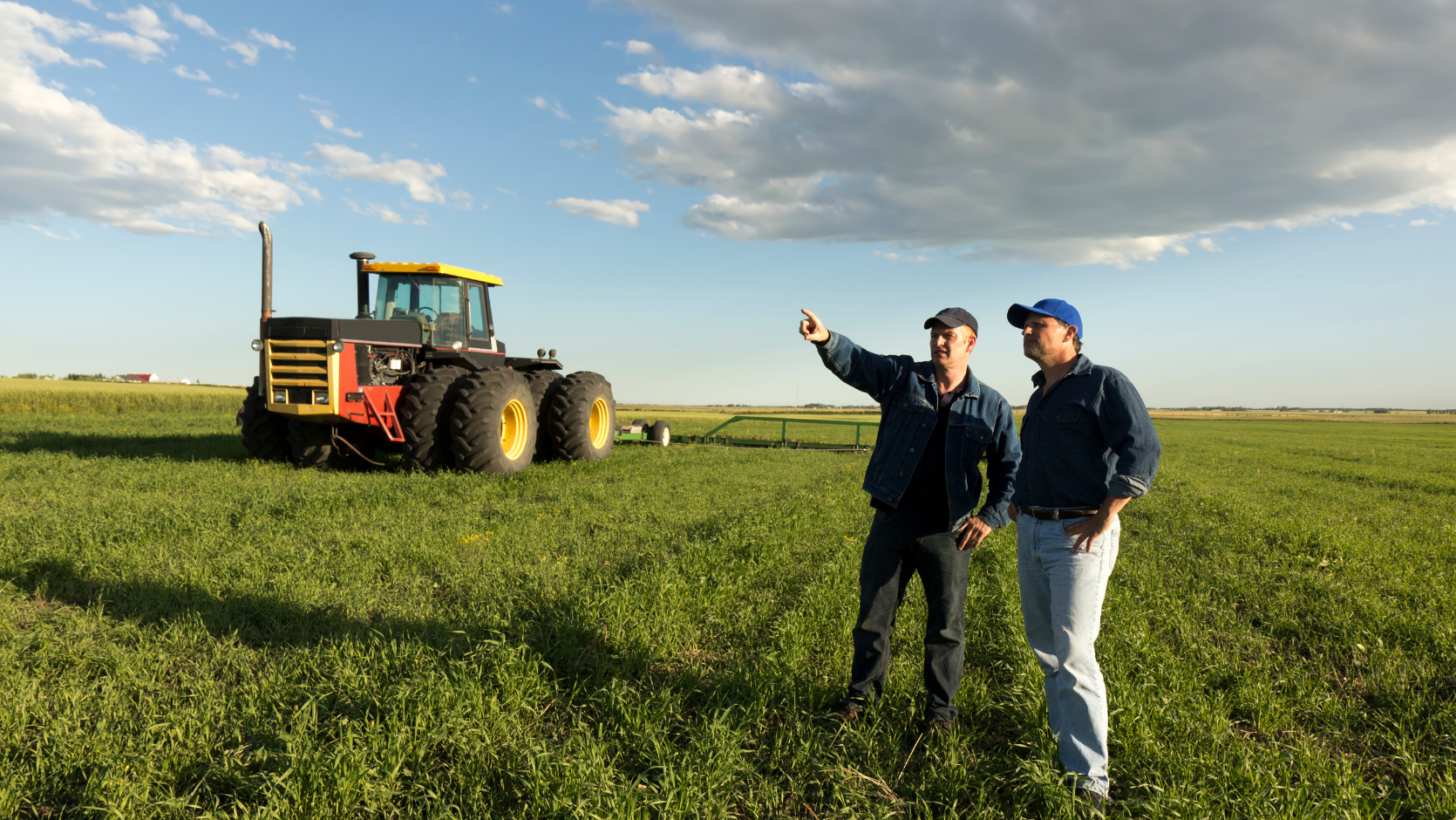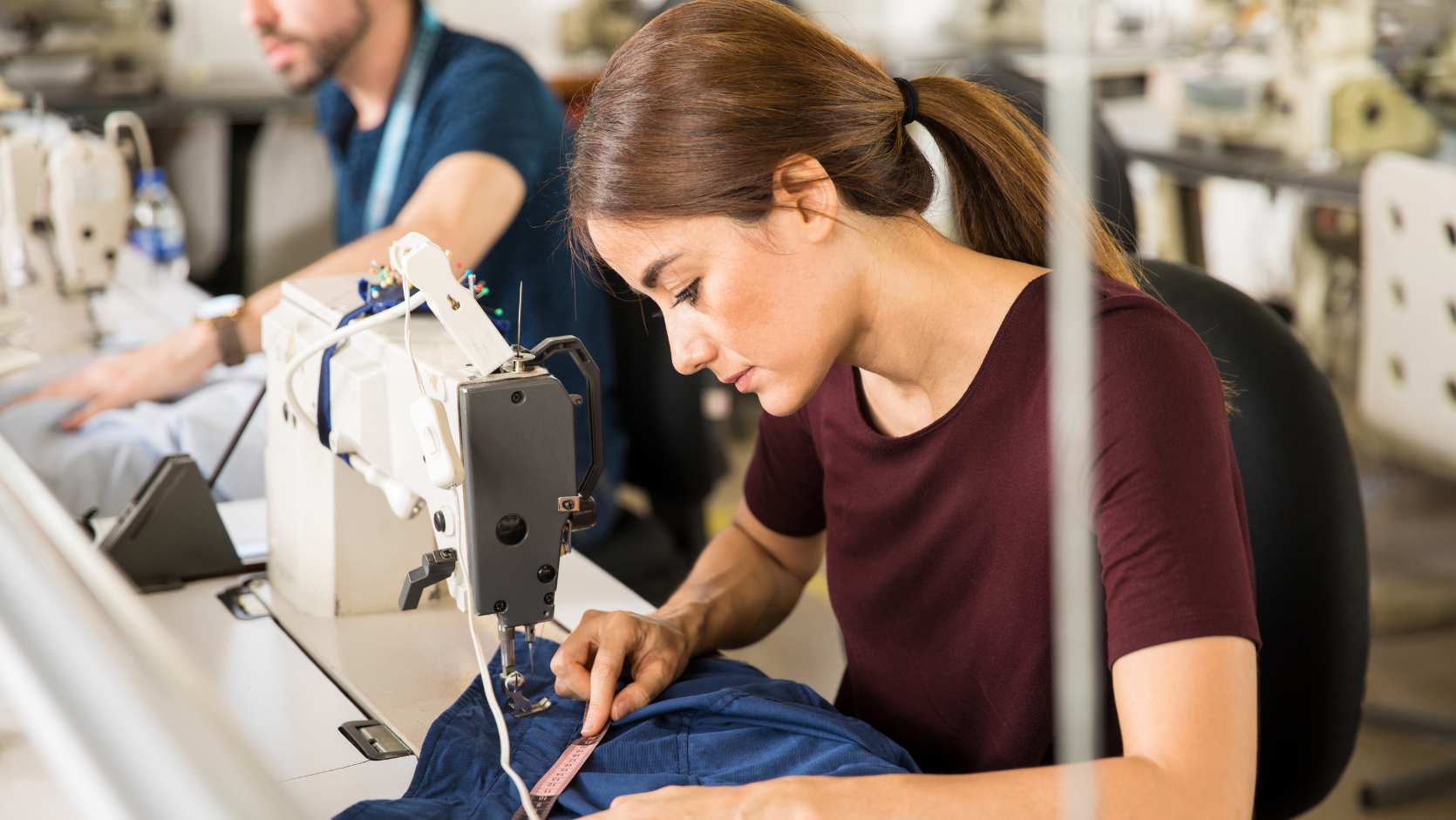The Facts
Licensee issued with a firearms licence
The licensee was the holder of a firearms licence issued under the NSW Firearms Act.
The licence was issued in 2011 with an expiry date in 2017 and was for recreational purposes such as sport, target shooting, hunting and vermin control.
Licensee’s firearms licence revoked following execution of search warrant
In 2012 the police executed a search warrant of the licensee’s home and seized a number of items. These included a rifle fitted with a stock and a 3D printer which was thought to be used to manufacture weapons.
The police then revoked the licensee’s firearms licence on the grounds that it was not in the public interest for him to continue to hold such a licence.
Licensee seeks reinstatement of firearms licence
The licensee made an unsuccessful application for internal review of this decision, after which he lodged an application for review by the NSW Civil and Administrative Tribunal.
The tribunal ruled in favour of the police and the licensee appealed to the tribunal’s appeals panel.














Expert commentary on the court's decision
Court finds in favour of Commissioner of Police
In Masterson v Commissioner of Police, New South Wales [2017] NSWCATAP 206, the appeals panel of the NSW Civil and Administrative Tribunal dismissed the appeal of the licensee, Tristan Masterson, and affirmed the police’s decision to revoke Mr Masterson’s firearms licence.
Licence only reinstated if virtually no risk to public
The appeals panel noted that “the objects of the Firearms Act state there is a need to ensure public safety by imposing strict controls on the possession and use of firearms and confirms that an authority to use and possess firearms is a privilege”.
The appeals panel also noted that for the tribunal to reach a conclusion that Mr Masterson’s licence should be reinstated, it had to be satisfied that there is “virtually no risk” to the public.
Rifle fitted with stock operating telescopically is prohibited firearm
Under the Firearms Act, a rifle fitted with a stock “that is specially designed” to operate on a telescopic basis is a prohibited firearm.
Mr Masterson’s licence did not grant him authority to possess this prohibited firearm.
Mr Masterson argued that the modifications he made meant that the firearm was not prohibited. However, the appeals panel rejected this argument.
Rather, the appeals panel said that although the modifications may have prevented telescopic action being readily engaged at a particular point in time, “the modifications… were not of such a nature so as to permanently modify the original design so that the stock was incapable of operating in a telescopic manner in any circumstance”.
Facts surrounding licensee’s rifle relevant to determining public interest question
The appeals panel concluded that the fitting of a modified stock to a firearm that Mr Masterson was entitled to possess, and the fact that the stock could be altered back to a state where it could operate telescopically, were relevant considerations. The tribunal was entitled to consider these in determining whether it was in the public interest to allow Mr Masterson to hold a firearms licence.
The appeal panel also found that these matters were sufficient for the tribunal to reach the conclusion that Mr Masterson’s licence should be revoked and the police’s decision should be affirmed.
Licensee can manufacture firearm parts to maintain legally held firearms
Given the above, the appeals panel said that it was unnecessary to deal with the other grounds of appeal. However, it chose to do so.
One of those grounds related to the manufacture of firearm parts by Mr Masterson using his 3D printer.
The tribunal had concluded that the making of firearm parts was not authorised and “effectively undermines the objects of the Firearms Act… in promoting public safety through the strict control and possession of firearms.”
The appeals panel accepted the tribunal’s conclusion that Mr Masterson had in fact attempted to manufacture firearm parts, even though his printer was not good enough to do it.
However, the appeals panel said the tribunal was incorrect in finding that Mr Masterson could not manufacture any firearm parts at all.
Rather, the correct interpretation of the legislation was that he was entitled to manufacture parts for the repair or maintenance of firearms which he was entitled to use and possess.
Licensee attempts to manufacture prohibited weapon
The tribunal also found that the firearm part that Mr Masterson was attempting to manufacture was a magazine with a capacity of more than ten rounds, which would be a prohibited weapon.
Under the firearms legislation, this was something that Mr Masterson was not authorised to do.
The appeals panel found that the tribunal was entitled to consider this conduct in determining whether it was in the public interest to revoke Mr Masterson’s firearms licence.
Public policy in protecting against risk from firearms
This case is a good example of the relevance of public policy in the crafting of legislation and in the way that such legislation is applied.
Both the tribunal and the appeals panel emphasised that possession and use of a firearm is a privilege which is “conditional on the overriding need to ensure public safety.”
Mr Masterson behaved in a way that posed a risk to public safety, and so he lost the privilege of possessing firearms, and consequently, his firearms licence.